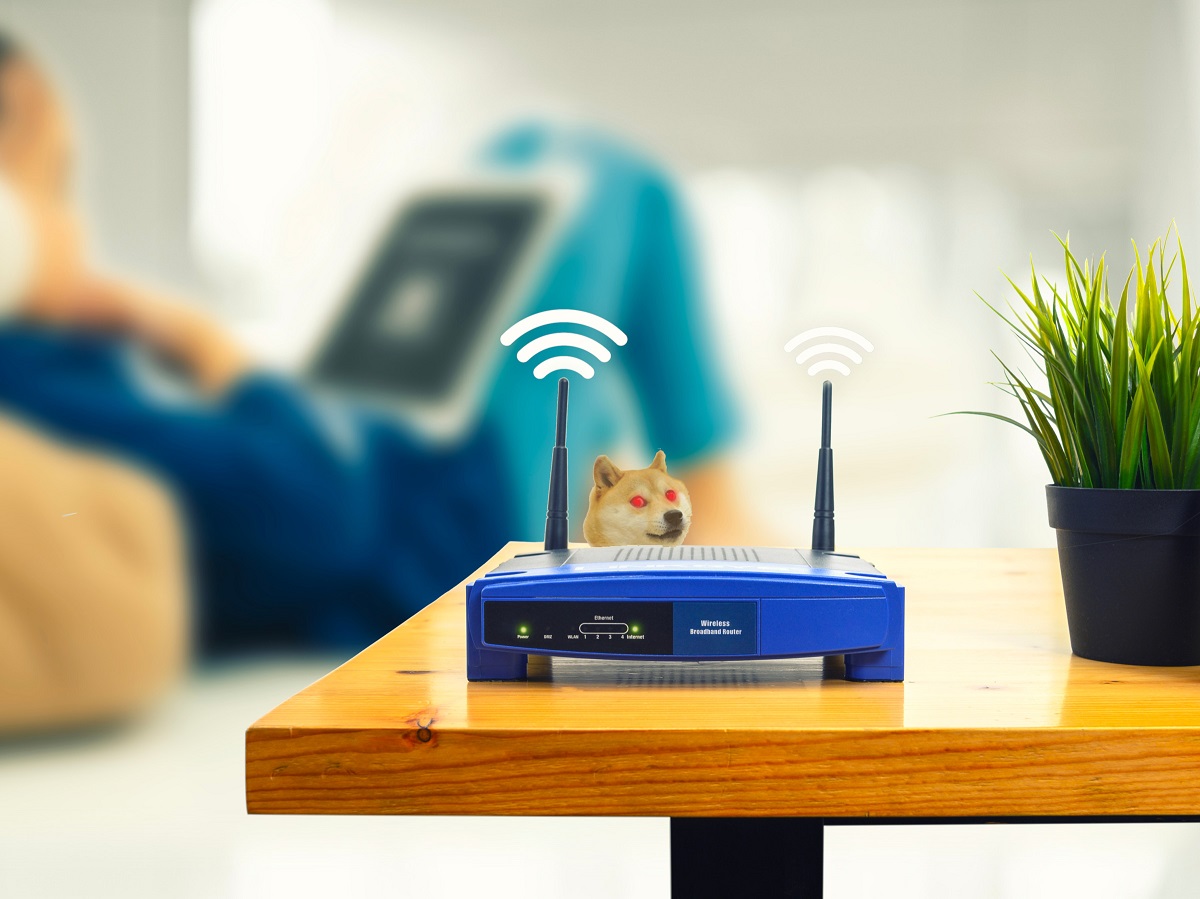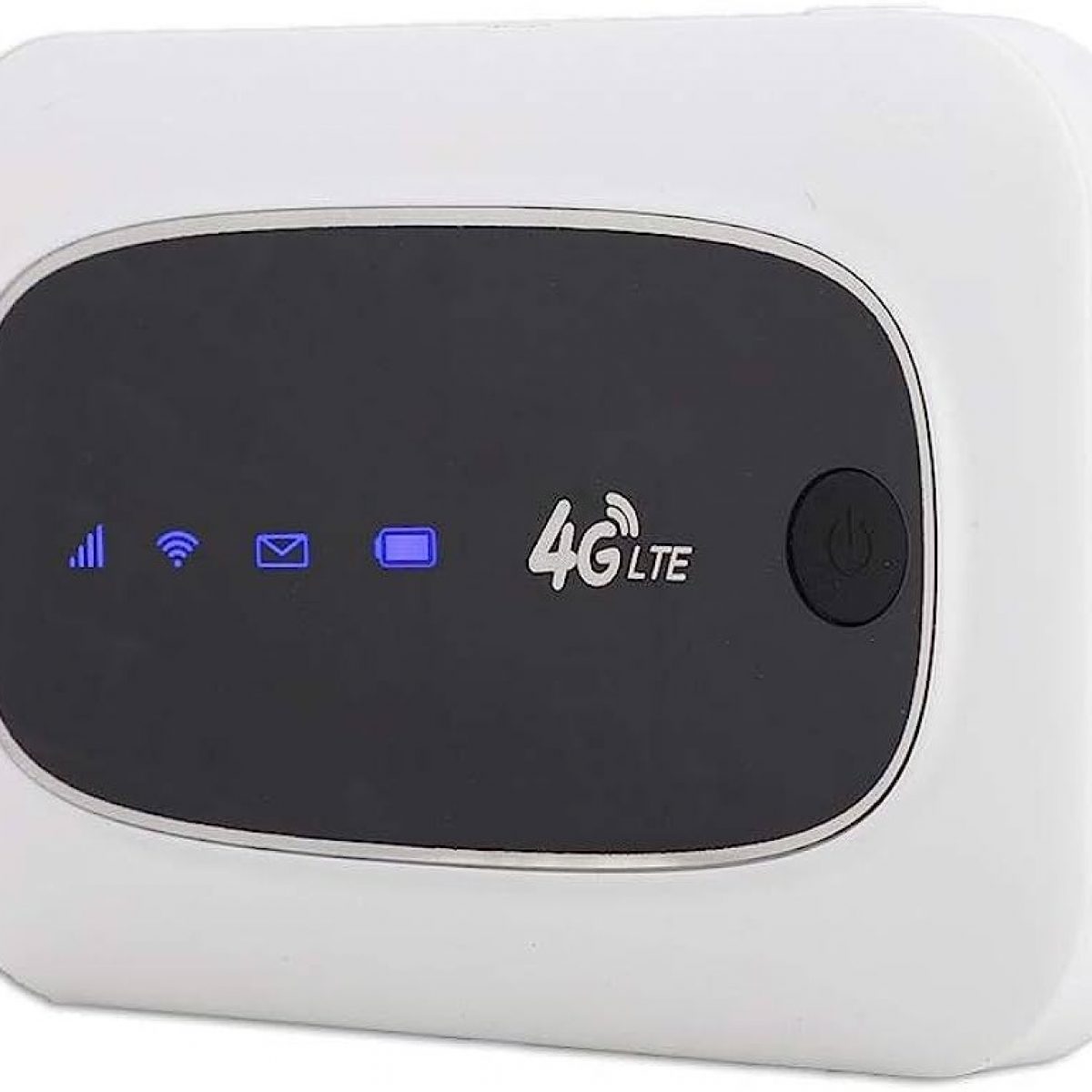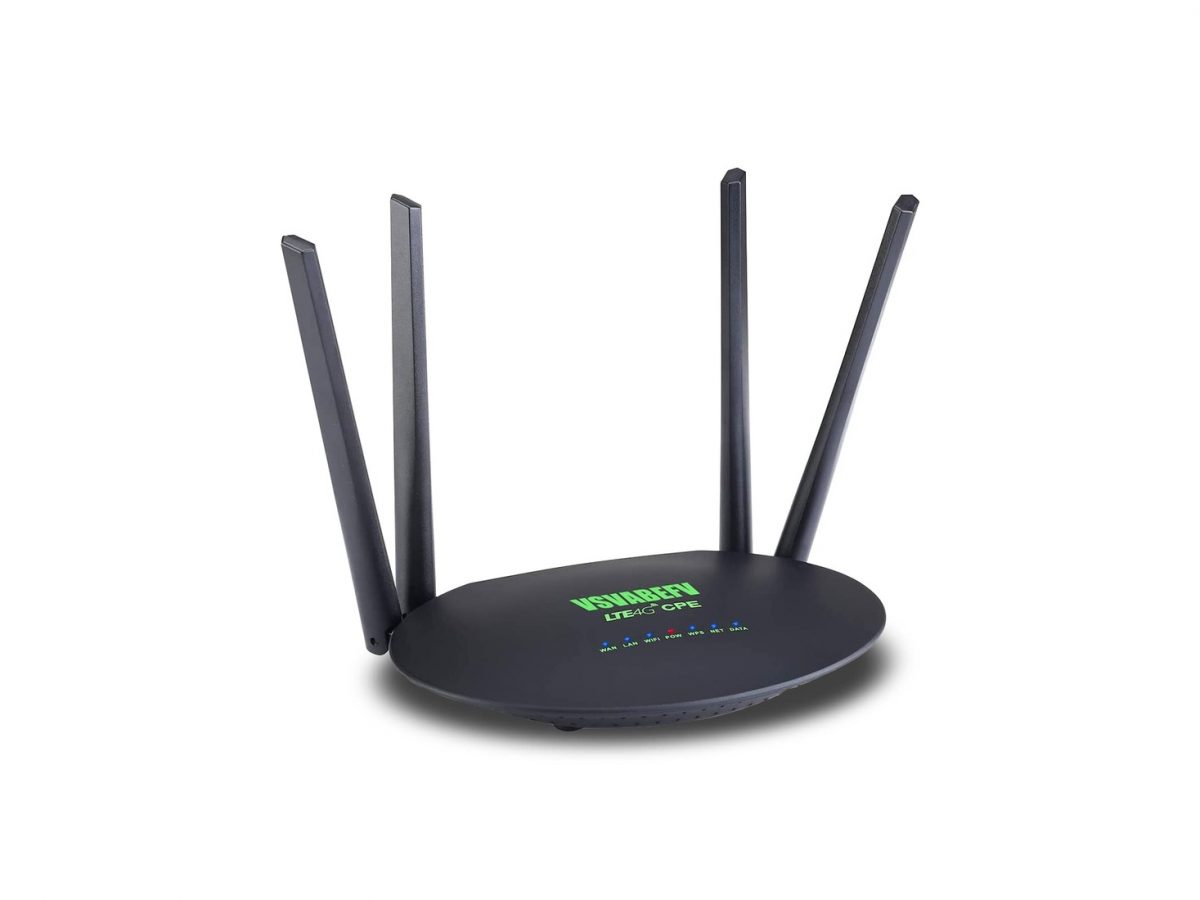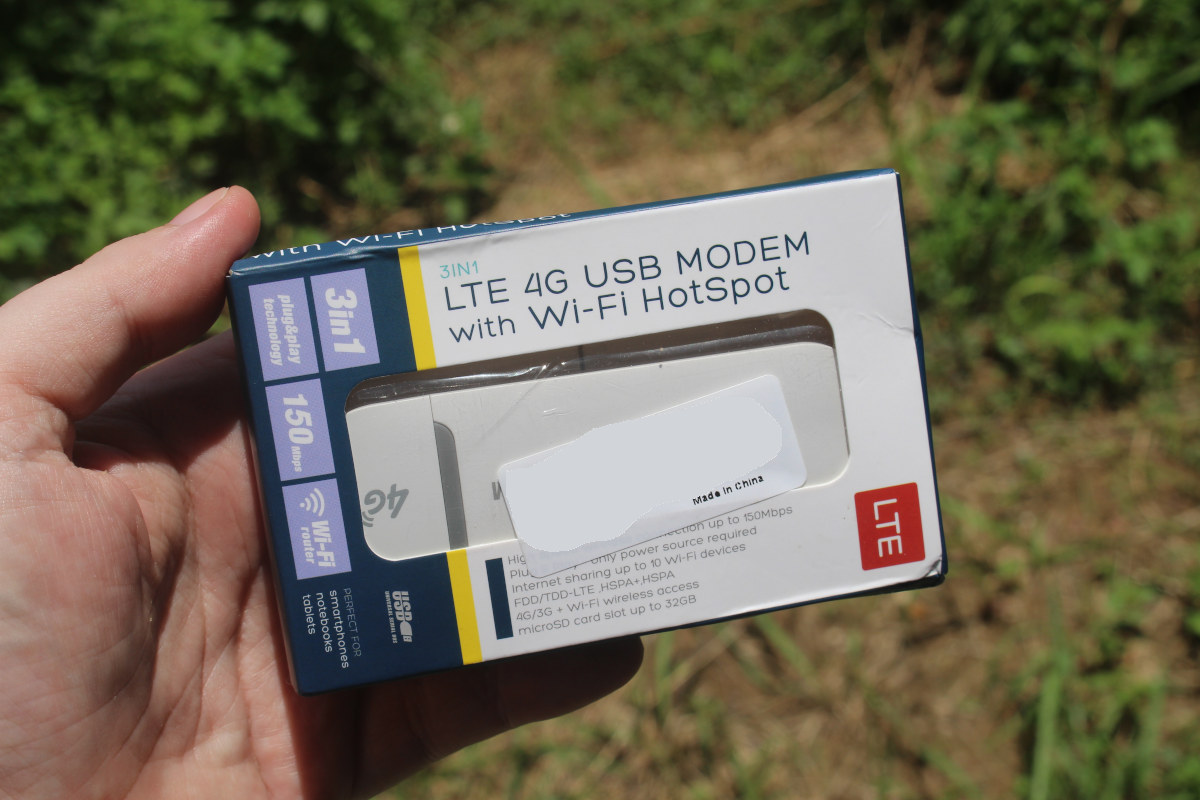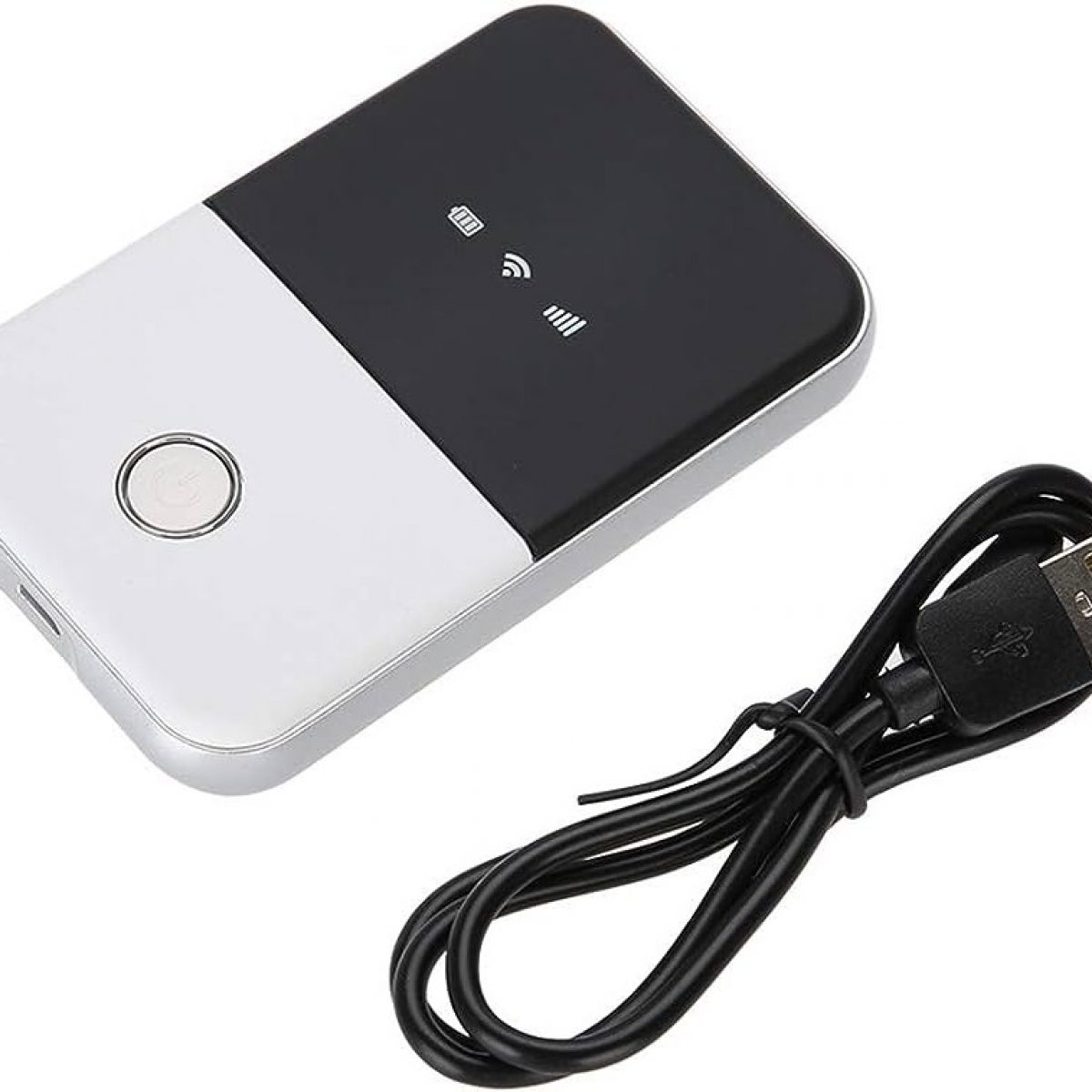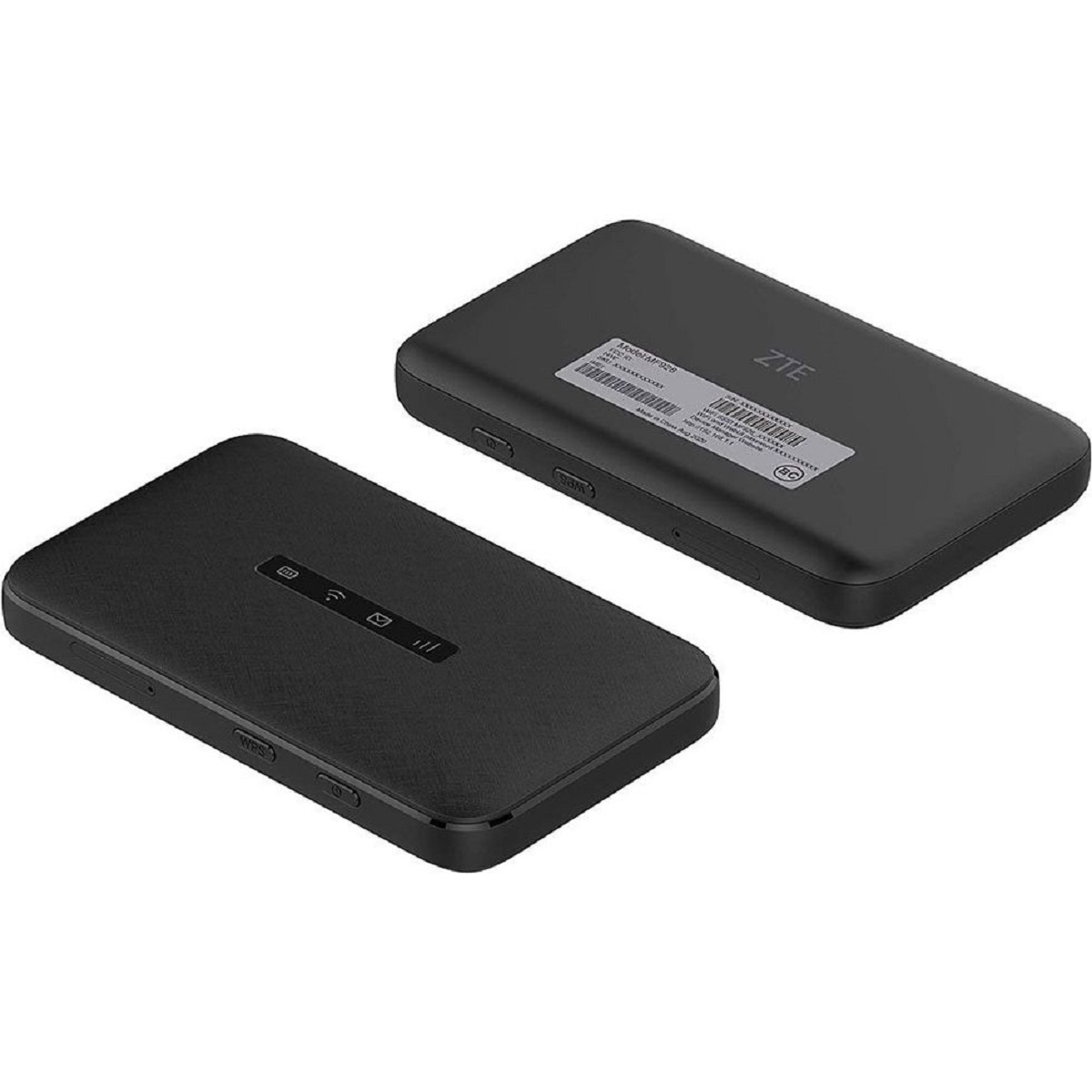Introduction
In today's fast-paced digital era, the seamless connectivity of mobile devices has become an integral part of our daily lives. Whether for work, leisure, or staying connected with loved ones, having a reliable internet connection is paramount. While WiFi has been a game-changer in providing wireless connectivity, there are instances where traditional broadband connections may not be available or feasible. This is where the versatility of a SIM card and a WiFi router comes into play.
The ability to connect a SIM card to a WiFi router opens up a world of possibilities, allowing users to enjoy internet access without the constraints of fixed-line connections. Whether you're on the go, living in a remote area, or simply seeking a backup internet option, this setup offers flexibility and convenience.
In this comprehensive guide, we will delve into the fundamentals of SIM cards and WiFi routers, providing a step-by-step walkthrough on how to connect the two seamlessly. Additionally, we'll address common troubleshooting issues that may arise during the setup process, ensuring that you can harness the full potential of this connectivity solution.
Join us as we embark on this journey to unlock the power of combining a SIM card with a WiFi router, empowering you with the knowledge to stay connected in diverse scenarios. Whether you're a tech enthusiast, a digital nomad, or simply someone seeking reliable internet connectivity, this guide is tailored to equip you with the insights needed to navigate the realm of mobile connectivity with confidence.
Understanding the Basics of SIM Card and WiFi Router
To comprehend the potential of connecting a SIM card to a WiFi router, it's essential to grasp the fundamental functionalities of both components. Let's start by exploring the versatile SIM card, a small but powerful device that serves as the key to mobile connectivity.
The Versatility of SIM Cards
A Subscriber Identity Module (SIM) card is a small, removable smart card that is inserted into mobile devices, including smartphones, tablets, and, notably, WiFi routers. Its primary function is to securely store the subscriber's identity and facilitate access to a mobile network. SIM cards are available in various form factors, including standard, micro, and nano sizes, ensuring compatibility with a wide range of devices.
Key Functions of SIM Cards
SIM cards play a pivotal role in enabling cellular communication, allowing users to make calls, send text messages, and access mobile data services. The unique identification and authentication mechanisms embedded within SIM cards ensure the security and privacy of user communications. Additionally, SIM cards can store contact information and other data, serving as a portable repository of essential details.
Unleashing the Power of WiFi Routers
On the other hand, WiFi routers are indispensable devices that facilitate wireless internet connectivity within a specific area, commonly in homes, offices, or public spaces. These devices receive internet signals from an external source, such as a modem or mobile network, and create a local wireless network, enabling multiple devices to connect and access the internet simultaneously.
WiFi Router Capabilities
WiFi routers are equipped with advanced features, including multiple antennas for enhanced signal coverage, security protocols to protect against unauthorized access, and the ability to support a myriad of devices concurrently. They provide the flexibility to configure network settings, establish guest networks, and optimize internet speeds, catering to the diverse connectivity needs of modern users.
The Synergy of SIM Cards and WiFi Routers
When these two components converge, the result is a dynamic and versatile solution that transcends the limitations of traditional fixed-line internet connections. By connecting a SIM card to a WiFi router, users can harness the mobility and accessibility of cellular networks while enjoying the convenience of wireless connectivity within their premises.
By understanding the core functionalities of SIM cards and WiFi routers, we lay the groundwork for seamlessly integrating these components to create a robust and flexible internet solution. Now, let's delve into the practical steps of connecting a SIM card to a WiFi router, unlocking the potential for reliable and portable internet access.
Steps to Connect SIM Card to WiFi Router
-
Choose a Compatible WiFi Router: Begin by selecting a WiFi router that supports the use of a SIM card. Ensure that the router is unlocked or compatible with the mobile network provider of your SIM card. This compatibility is crucial for seamless integration and optimal performance.
-
Insert the SIM Card: Power off the WiFi router and locate the SIM card slot. Depending on the router model, the SIM card slot may be situated on the back or bottom of the device. Gently insert the SIM card into the designated slot, ensuring that it aligns correctly with the contacts and is firmly secured.
-
Power On the WiFi Router: Once the SIM card is in place, power on the WiFi router and allow it to initialize. The router will detect the SIM card and establish a connection with the mobile network. This process may take a few moments, during which the router's indicator lights will indicate the progress of the connection establishment.
-
Access the Router's Settings: Using a device connected to the WiFi network generated by the router, access the router's settings interface. This is typically done by entering the router's IP address into a web browser. Once logged in, navigate to the network or SIM card settings section of the interface.
-
Configure SIM Card Settings: Within the router's settings, locate the SIM card configuration options. Here, you may need to input the APN (Access Point Name) settings provided by your mobile network operator. These settings are essential for the router to establish a data connection through the SIM card.
-
Activate Data Connection: After configuring the SIM card settings, activate the data connection within the router's interface. This enables the router to utilize the mobile network for internet access. Upon activation, the router will establish a data connection using the SIM card, providing internet access to devices connected to its WiFi network.
-
Test Connectivity: To ensure that the connection is successfully established, test the internet connectivity on devices connected to the WiFi network. Verify that web pages load, online services function smoothly, and the overall internet experience meets expectations.
-
Optimize and Secure the Network: Once the SIM card is successfully connected to the WiFi router, take the opportunity to optimize the network settings and implement security measures. This may include configuring WiFi passwords, enabling encryption, and fine-tuning network parameters for an optimal and secure internet experience.
By following these steps, you can seamlessly connect a SIM card to a WiFi router, unlocking the potential for reliable and portable internet access. Whether for home use, travel, or as a backup connectivity solution, this setup empowers users to stay connected in diverse scenarios, leveraging the combined strengths of cellular networks and wireless connectivity.
Troubleshooting and Common Issues
While connecting a SIM card to a WiFi router can significantly enhance internet accessibility, it's essential to be aware of potential challenges that may arise during the setup process. By understanding common issues and their troubleshooting methods, users can navigate any hurdles with confidence, ensuring a seamless and reliable connectivity experience.
Signal Strength and Coverage
One common issue encountered when using a SIM card with a WiFi router is related to signal strength and coverage. In some cases, users may experience weak or fluctuating cellular signals, impacting the stability and speed of the internet connection. To address this, consider relocating the WiFi router to a position with better signal reception, such as near a window or in an elevated area. Additionally, investing in a high-gain external antenna for the router can amplify the signal reception, enhancing overall connectivity performance.
APN Configuration Errors
Incorrect Access Point Name (APN) configuration can lead to connectivity issues when using a SIM card with a WiFi router. If the router fails to establish a data connection despite the SIM card being inserted correctly, revisiting the APN settings is crucial. Ensure that the APN details provided by the mobile network operator are accurately entered into the router's settings interface. Double-checking this information and restarting the router can often resolve APN-related connectivity issues.
Firmware Updates and Compatibility
WiFi routers, like any electronic device, require periodic firmware updates to ensure optimal performance and compatibility with various network configurations. If connectivity issues persist, it's advisable to check for firmware updates specific to the router model. Updating the router's firmware to the latest version can address compatibility issues and introduce enhancements that improve the integration of the SIM card with the router.
Network Congestion and Bandwidth Management
In environments with high network congestion or limited bandwidth availability, users may encounter reduced internet speeds and intermittent connectivity. To mitigate this, consider configuring Quality of Service (QoS) settings within the router's interface. QoS settings allow users to prioritize specific types of internet traffic, ensuring that critical applications and services receive sufficient bandwidth for smooth operation, even under congested network conditions.
SIM Card Compatibility and Activation
Before assuming that a connectivity issue is solely related to the router, it's important to verify the compatibility and activation status of the SIM card. Ensure that the SIM card is compatible with the router's supported network bands and technologies. Additionally, confirming that the SIM card is activated and has an active data plan is essential for seamless connectivity. Contacting the mobile network operator for assistance in verifying these details can help resolve potential SIM card-related issues.
By being mindful of these common issues and their respective troubleshooting approaches, users can proactively address connectivity challenges when integrating a SIM card with a WiFi router. This proactive mindset, coupled with a basic understanding of network configurations and router settings, empowers users to optimize their internet connectivity and enjoy the benefits of a seamlessly integrated mobile and wireless network solution.
Conclusion
In conclusion, the fusion of a SIM card with a WiFi router presents a compelling solution for individuals and businesses seeking reliable, portable, and versatile internet connectivity. By seamlessly integrating these components, users can transcend the limitations of traditional fixed-line connections, unlocking a world of possibilities in diverse scenarios.
The ability to connect a SIM card to a WiFi router empowers users with the flexibility to access the internet on-the-go, in remote locations, or as a backup solution in areas with limited broadband infrastructure. This versatility is particularly valuable for travelers, digital nomads, and individuals residing in rural or underserved areas, where traditional internet options may be inadequate.
Furthermore, the convergence of cellular networks and wireless connectivity through SIM card-enabled WiFi routers aligns with the evolving landscape of digital connectivity. It caters to the increasing demand for seamless, accessible, and resilient internet solutions, addressing the dynamic needs of modern lifestyles and work environments.
By understanding the basics of SIM cards and WiFi routers, users can leverage this integration to create a robust and reliable internet ecosystem within their premises. Whether for personal use, small businesses, or temporary setups, the combined capabilities of SIM card-enabled WiFi routers offer a compelling alternative to conventional internet setups.
As technology continues to advance, the potential for further innovation and optimization in the realm of mobile connectivity remains promising. The integration of SIM cards with WiFi routers represents a stepping stone towards a more interconnected and accessible digital landscape, where users can stay connected with ease, regardless of their location or circumstances.
In essence, the journey of connecting a SIM card to a WiFi router is not merely a technical endeavor; it signifies the empowerment of individuals and communities through enhanced connectivity. It embodies the spirit of adaptability, resilience, and resourcefulness in leveraging technology to overcome barriers and embrace a more connected future.
As we navigate the ever-changing landscape of digital connectivity, the integration of SIM cards with WiFi routers stands as a testament to the transformative power of innovation, enabling individuals to stay connected, informed, and empowered in an increasingly interconnected world.







